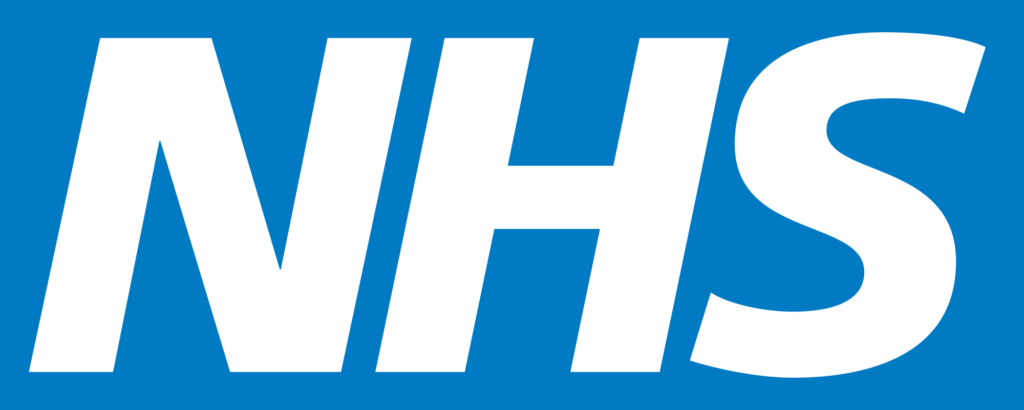63,653 patients have faced a 12-hour delay in an A&E since October 2021

The latest Emergency Department performance figures published by NHS England for February 2022 show:
There were 1,205,216 attendances at major Emergency Departments
16,404 patients were delayed for 12 hours or more from decision to admit to admission
This is the second highest figure since records began, second only to the previous month, January 2022
Nearly one in 30 of all emergency admissions were delayed by 12 hours or more
Four-hour performance at major Emergency Departments was 60.8%, this is the lowest four-hour performance since records began
Two in five patients were delayed by four-hours or more
One in four emergency admissions experienced waits of four hours or more (often referred to as ‘trolley waits’), representing the highest proportion on record
Nearly one in four booked appointments were not seen within four hours at major Emergency Departments, this is the worst booked appointment data on record
Dr Katherine Henderson, President of the Royal college of Emergency Medicine, said:
“The latest data show the second highest number of 12-hour waits since records began. Between October 2021 and February 2022 63,653 patients were delayed by 12-hours or more in an Emergency Department. To put this in perspective, from August 2010 to September 2021, a period of just over 11 years, a total of 52,181 patients were delayed by 12-hours or more in an Emergency Department.
“This statistic is staggering and should alarm all health and political leaders. The burden of responsibility can no longer be placed on burned out and overwhelmed staff who are struggling to manage this crisis.
“Four-hour performance reaching its lowest since records began and 16,404 patients delayed by 12-hours or more (from decision to admit to admission, which is only the tip of the iceberg of long delays) reveal a health system under severe pressure.
“The data highlight the crisis in unscheduled care but what they really show are the crises across the system in both social care and Primary care, the difficulties in discharging patients, a lack of diagnostic capacity, widespread bed shortages throughout the system, and an understaffed workforce under immense strain.
“The system is interlinked, a crisis in Urgent and Emergency care is a result of pressures elsewhere and may cause pressure down the line, for example in derailing elective care recovery. These all amount to a major patient safety risk. We know patients come to harm as they wait for ambulances at home, as they wait to be transferred from the back of an ambulance into the Emergency Department, and as they wait for a bed in an Emergency Department. Staff also face moral injury, stress and distress as they try to manage safety in their clinical areas and minimise patient harm.
“For months now, the metrics have simply documented the crisis in Urgent and Emergency care without driving any improvement. We must see meaningful action and crucially, organisations must prioritise and be held to account on the right metrics that do drive improvement. Patients are coming to serious harm, fixing flow must be the priority – to move patients through the system in a timely way – and performance metrics should be used as a driver for this.”




